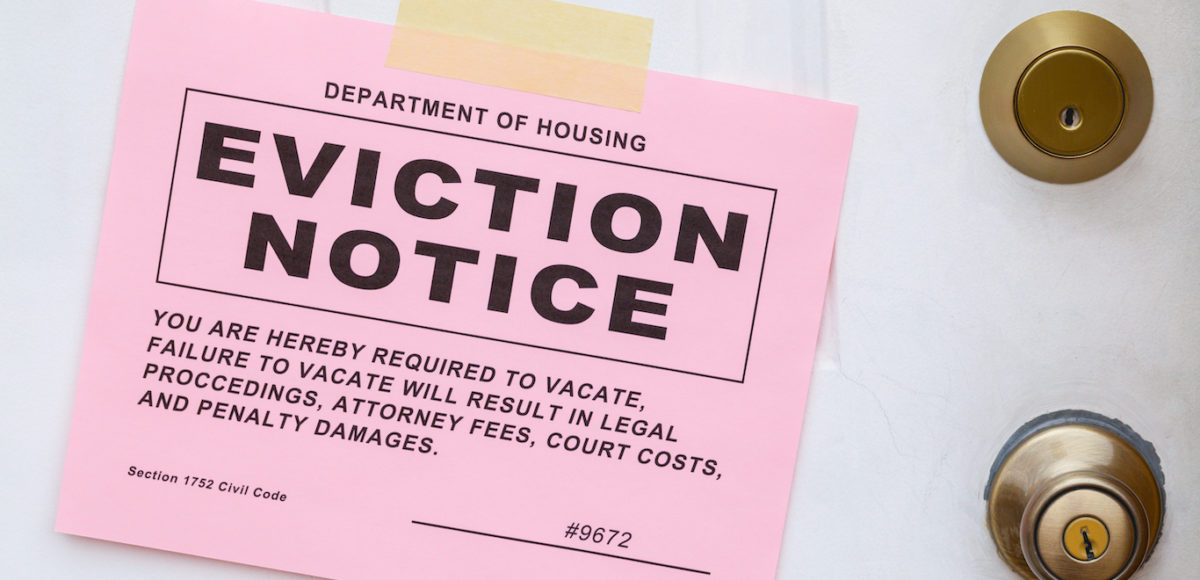Filling out the application for an apartment and then reading through the lease can be a confusing process. We understand. One of the things that might be a bit hard to understand before you sign on the dotted line is the difference between an individual lease and a joint lease. We’re going to break it down for you.
Individual Lease Apartments vs. Joint Leases
An Individual Lease
As explained by the University of Kentucky, an individual lease means you’re financially responsible only for your part of the rent and other expenses associated with an apartment. Under this scenario, each roommate has his or her own lease. So, if your roommate moves out unexpectedly and each of you has an individual lease, then the landlord can’t force you to cover your ex-roommate’s part of the rent. Think of this as a “by the bedroom lease.”
“Individual rental agreements mean that each tenant is responsible for their own behavior and decisions separately,” according to Tenants Union of Washington State.
A Joint Lease
On the other hand, a joint lease — in legalese, this refers to the lease’s “joint and several liability” clause — puts full financial responsibility for the rent and related expenses on all of the tenants, the University of Kentucky says. In this situation, all of the roommates are listed on a single lease. Think of this as a “by the apartment lease.”
“Unfair as this practice seems, this clause is enforceable. If may be a good idea to have one tenant responsible for paying the rent and have all roommates pay that person,” the University of Kansas recommends.
Tenants Union of Washington State gives this example of what can go wrong if you have a joint lease:
You and two roommates share an apartment, and all three of you are listed on the joint lease. Each of you is supposed to pay one-third of the rent. But if one of the roommates fails to pay, the landlord could send a notice to all three tenants demanding payment of the one-third of the rent that hasn’t been collected. If that rent isn’t paid within a certain period, all three roommates could be evicted — not just the roommate who didn’t pay his or her share of the rent.
Under a joint lease, you also could be left paying for damage caused by a roommate. The Tenant Resource Center offers this example:
Joey punches a hole in one of the walls one night and then relocates to Mexico for work a couple of weeks later. Kyle, the remaining roommate on the joint lease, moves out of the apartment, but still lives in the same town. Since Kyle is easier to track down, the landlord likely will come after him for money to fix the damaged wall.
Tips for Handling Joint Lease & Individual Lease Situations
To avoid sticky lease situations with roommates, experts offer these tips:
- Get an individual lease for each roommate, instead of a joint lease covering all of the roommates.
- Carefully screen roommates before moving in. Pick a roommate who’s responsible, not flaky, and who’ll pay his or her fair share.
- Avoid surprises by reading through the lease to make sure you know what your rights and responsibilities are.
- Consider going to court. If a roommate moves out and you had a joint lease, you can sue the ex-roommate in small claims court to try to recover the money that you were stuck paying for something like a hole punched in a wall.
Whether you’re aiming for a joint lease or an individual lease on an apartment, you can start your apartment hunt on ApartmentSearch.com and always come out on top. Regardless of the type of lease you sign, you’re eligible to receive $200 in rewards!




